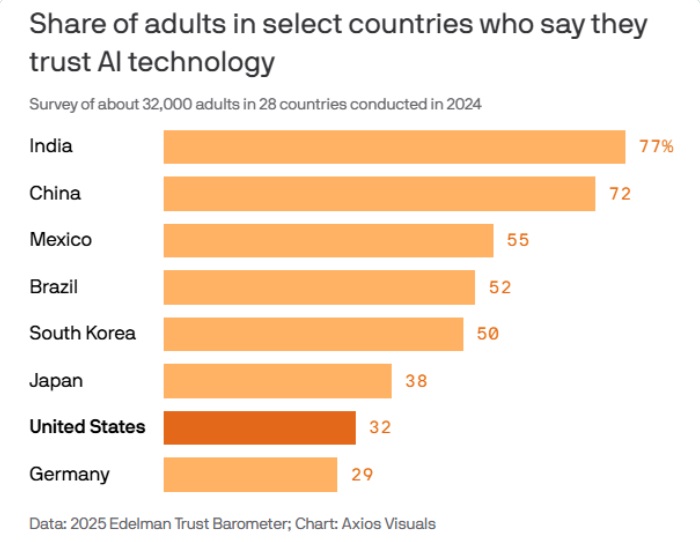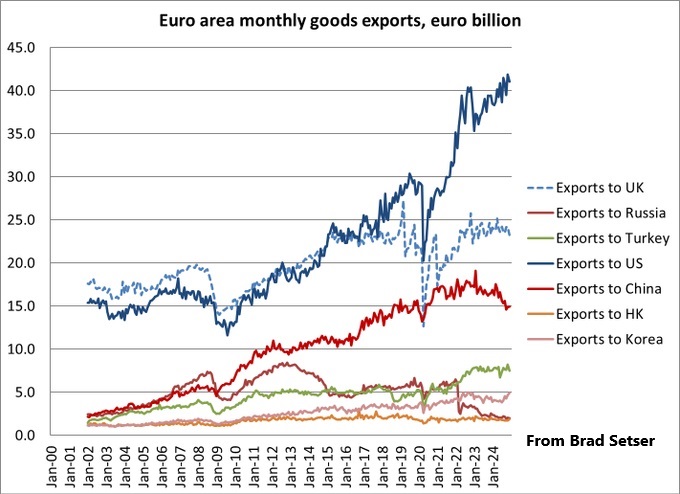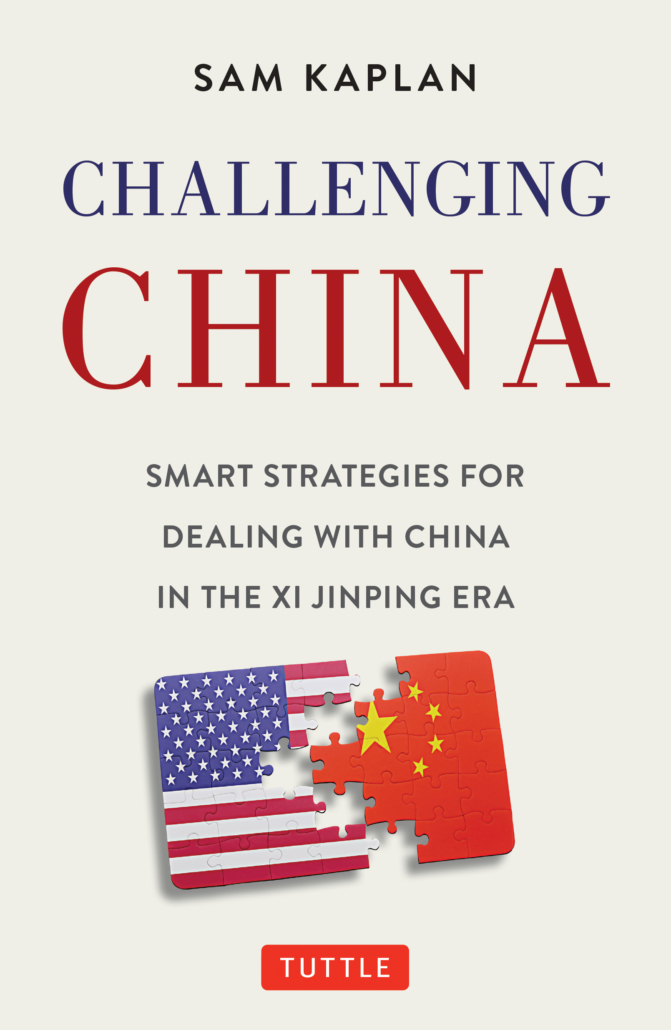We were in Washington, D.C. last week for a conference and meetings. We lived there many years ago working for a U.S. Representative. We have returned numerous times over the years since. This time our visit was surreal—it felt a bit like a Herman Wouk novel, but perhaps more aptly titled The Winds of Chaos. Conversations were dominated by the latest corruption, law-breaking and the general erosion of democratic norms by the Trump administration. We spoke with federal government workers who were recently fired or were worried they were about to be. We worked with nonprofit staff who had no idea whether they would receive funds for contracts they had already signed, for money already spent.
We closed the circle of grim surrealism during an afternoon at the Museum of Modern Art in New York City, to where we fled by train after our D.C. trip. We were drawn to the museum’s fifth floor, which houses its collection from the 1880s-1940s—Picasso, Dali, Matisse, Magritte and others. Like a moth to a bonfire, we became entranced by the works from the 1930s and found ourselves transfixed by pieces like Magritte’s The Menaced Assassin. Bill Brandt’s Street Scene and Louise Bourgeois’ He Disappeared Into Complete Silence. We are not an art expert, indeed we are mostly a philistine when it comes to such matters. But surrealism, tinged with the angst of the age they worked in, seemed utterly appropriate for our moment. And in this moment we ask which countries trust AI the most, wonder about Germany’s challenging economy, and worry about China’s 19th Century tactics. It’s this week’s International Need to Know, a Cubist of international information, a Realist of global data.
Which Countries Trust AI The Most?
AI continues to improve at a rapid pace. In recent months, we’ve seen the release of generative AI models with significantly enhanced capabilities. AI in general is being used to develop new drugs and perform an ever-expanding range of tasks. There is a good chance that AI continues to improve. But which countries will adopt, adapt and incorporate AI most effectively into their societies and economies? One way to make a guess is to examine which populations trust AI the most. The recently released annual Edelman Trust Barometer shows that Indian and Chinese citizens have the highest trust in AI technology. Putting aside the challenges of polling in China, we would not be surprised if the poll is accurate, given DeepSeek’s success and Chinese embrace of technology generally. Germans and Americans don’t seem to trust AI technology very much at all. In fact, a deeper dive into the Edelman data reveals that the populations of many so-called Western countries have a deep distrust of businesses. In Germany’s case, this is perhaps because of a struggling economy (see next story below), but in general the rejection of what made their lives so prosperous and healthy to begin with, is a bad sign for the developed world.
We Need Germany To Be Successful
Germany elected a new government last weekend and despite the meddling of the United States, the far-right AfD party did worse than expected, though far better than in past elections. The Christian Democrats won and will form a coalition. Its leader, Friedrich Merz, and the coalition he forms, will have a lot of work to do. Germany’s GDP is actually negative since 2019. The country, long a manufacturing powerhouse, has lost 250,000 manufacturing jobs since the beginning of the pandemic. Germany has long relied on China’s market for its exports. But now Chinese companies, including auto companies, are competitors. China is exporting more and its imports are at best flat. China is not the driver of the world economy it once was and similarly is no longer driving Germany’s manufacturing-based economy. Of course, Merz’s party won in part on an anti-immigrant platform. It’s fashionable to be anti-immigrant nowadays and it helps win elections but it’s unlikely to help your economy, and certainly immigrants are not the cause of Germany’s economic troubles. Germany’s economic success, and becoming a more productive leader in Europe, are crucial for our world’s future given the current state of America.
China Corner: 19th Century China
We have written and spoken about the new 19th-century world we now live in, where the most powerful countries battle for influence, territory, and wealth. It is a world particularly unfriendly to smaller nations. And that is a world perfect for China’s ambitions. While many understandably fixate on the latest chaos wrought by Trump, China quietly goes about extending its influence over other countries. In the past week, it conducted military exercises in the Tasmanian Sea inside Australia’s exclusive economic zone. In addition, according to ABC News, China held “live-fire exercises in the Gulf of Tonkin on Monday, only days after Vietnam announced a new line marking what it considers its territory in the body of water between the two countries.” It also flew a military helicopter within feet of a Philippine patrol plane near the Scarborough Shoal. And China again cut an underwater telecommunications cable off the coast of Taiwan (we hope to write a Substack soon on why we expect China to take Taiwan, by force if necessary, before 2028). Each of these countries is far smaller and less powerful than China. They have one recourse to defend themselves, which we’ll write about next week. In the meantime, welcome to the 19th-century.
Taiwan Coast Guard boards Chinese vessel suspected of cutting a telecommunications line





